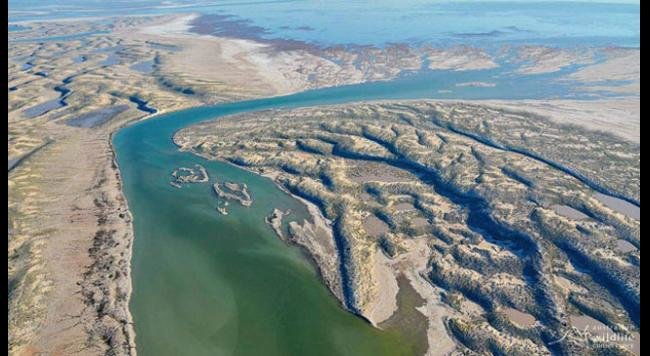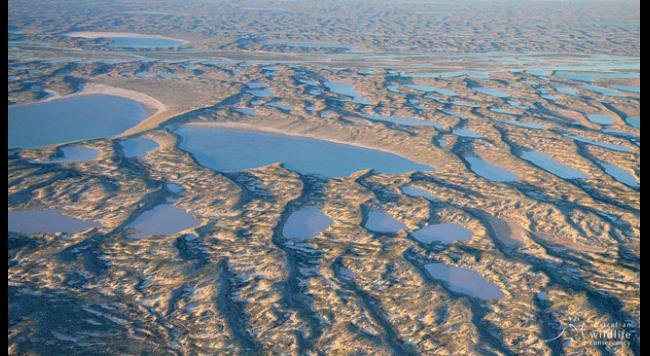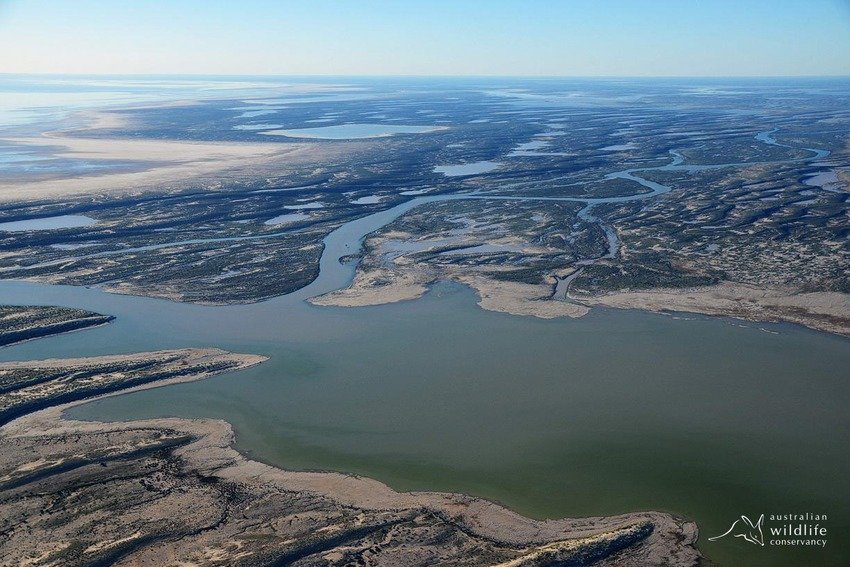According to Australia's Bureau of Meteorology, some light rain fell around the lake on New Year's Eve, followed by heavier rains of 1 to 2 inches (25 to 50 mm) on New Year's Day and the day after.
"Additional heavy rainfall added up to between 25 and 100 millimeters (1 to 4 inches) during the first week of January over the Lake Eyre region," said weather.com senior meteorologist Nick Wiltgen.
According to the Australian Wildlife Conservancy, the rainfall seen on New Year's Day 2016 was the largest rainfall event it had seen since acquiring the Kalamurina park in 2007.
"This is an extraordinary event - the rapid filling of Lake Eyre by local flooding is unusual and a stark contrast to the slow arrival of floodwaters from the rain in the far-off channel country of Queensland," Australian Wildlife Conservancy (AWC) chief executive Atticus Hemming told Mashable Australia. "The desert around Kati Thanda (Lake Eyre) may not flood like this again for decade."

Despite its name, Lake Eyre typically looks nothing like a lake. According to the basin's website, Lake Eyre typically contains little to no water because its catchment area is within some of Australia's arid and semi-arid deserts. When rainfall revives the rivers, the water travels through an intertwined system of channels, floodplains, waterholes and wetlands.
"The local rain and associated flooding is important because of the benefits for our desert wildlife — including waterbirds, small mammals and even frogs - and a diverse network of habitats featuring lignum thickets, coolibah woodlands and wetlands," said Hemming.

The Kati Thanda only fills a few times over a course of 100 years, and when it does it becomes Australia's largest lake, according to BBC.




Comment: Waterfalls cascade off iconic Ayers Rock in Australia after heavy rainfall